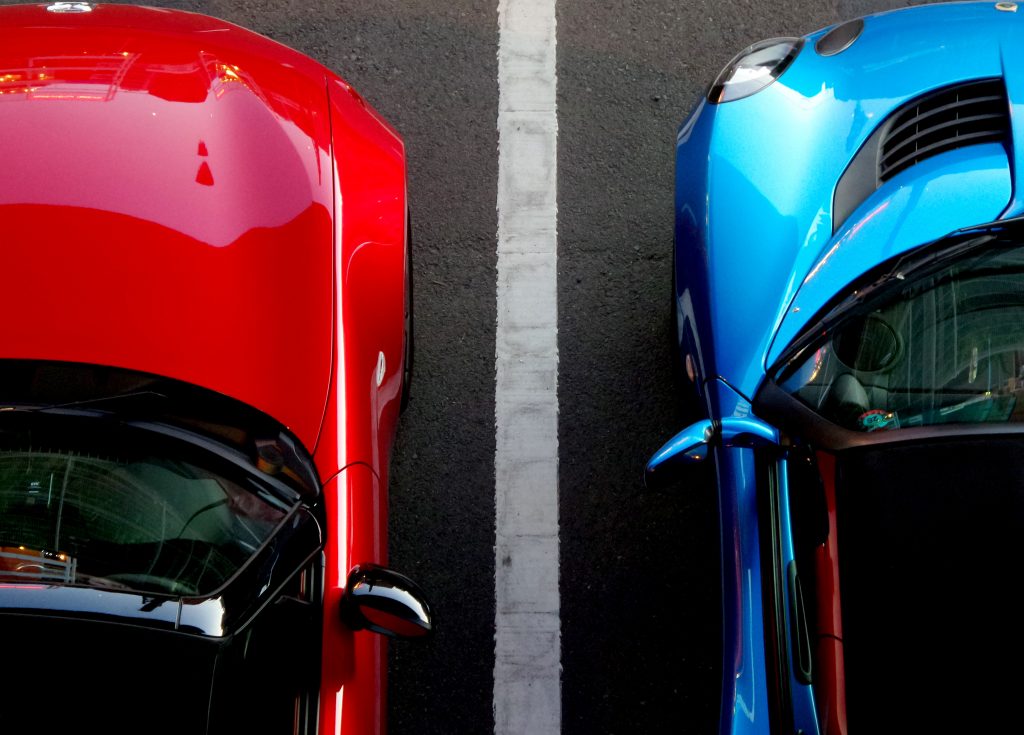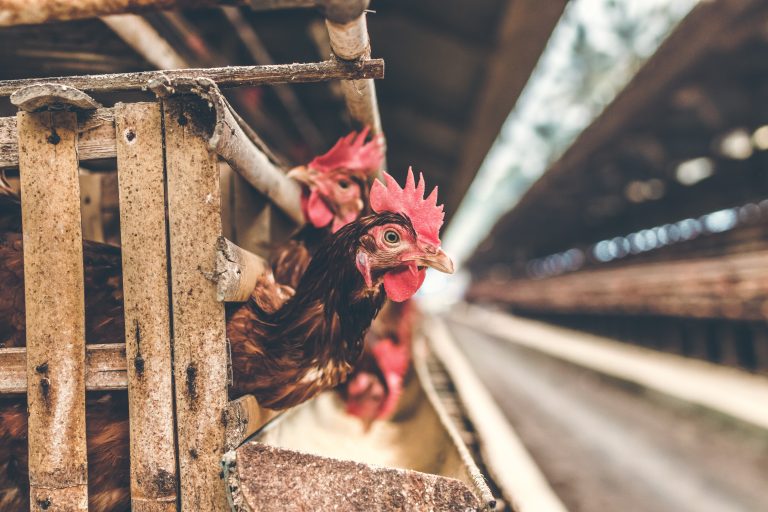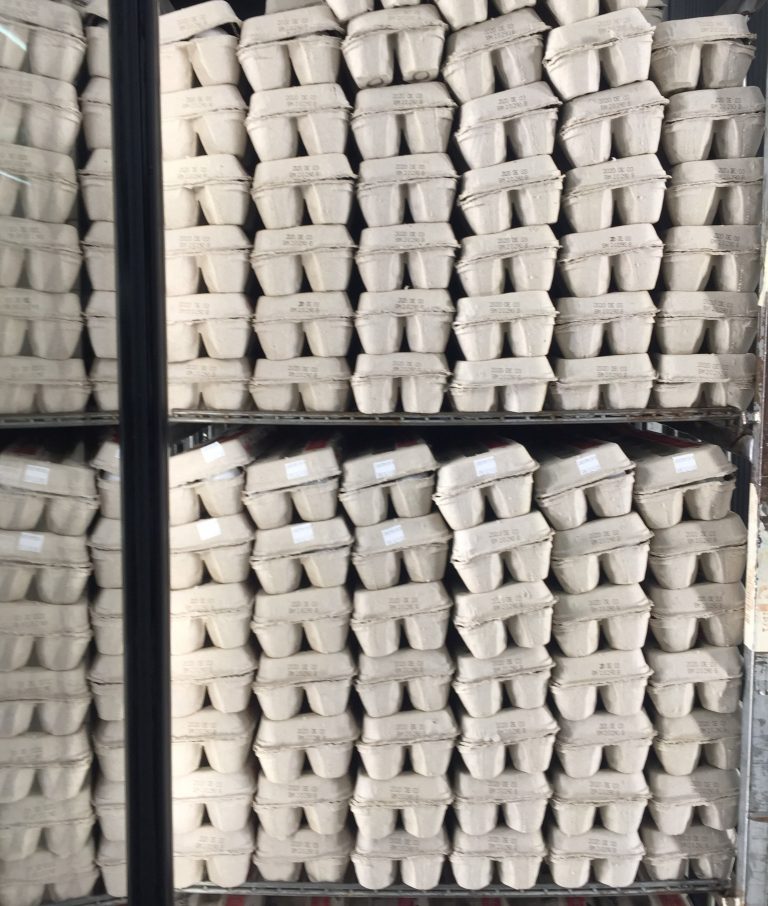Who’s In The Driver’s Seat: The Changing Dynamics of Auto Production

If you were shopping for a new car during the pandemic or even just driving past car dealerships, you might recall seeing empty lots that once used to house rows of shiny new cars and trucks. Supply chain challenges related to access to parts like semiconductors and limited shipping options stymied automakers as they struggled to provide dealerships with vehicles to sell. Today, new car buyers might see dealer lots that continue to be emptier than during pre-pandemic days, however these emptier lots may be a function of a new strategy by automakers, a strategy they think could boost profits. To really understand what’s going on, we need to go back a few years to the days when buyers were accustomed to walking into a dealership where they would generally have their choice of numerous models with varying features, and often spoke to an eager salesperson willing to offer all sorts of pricing and finance deals in order to close a sale.
Then came the pandemic and the supply chain problems that led to the empty lots and a buying situation that often meant choosing from the few options that were still available or waiting months for the delivery of a different vehicle. Pricing and finance deals were a thing of the past, and customers often paid full sticker price or even above. Today, many customers will find yet another buying experience. Supply chain issues, although greatly reduced, continue to affect vehicle availability and thereby limit choice, but automakers have also changed their tactics. Rather than producing a wide range of cars in popular colors with features that appeal to a broad cross section of potential buyers, today car producers are taking a more focused approach, producing fewer cars to sit on the lot, and instead, taking more orders for vehicles that meet specific customer needs and potentially carry a bigger profit margin. The new strategy allows for greater production efficiency and reduced inventory costs. It also means that customers should expect to have less bargaining power over price and may not be able to get the same type of financing deals that were available just a few years ago. More broadly, the new strategy could have implications for auto workers and local communities that depend on auto production jobs.
Discussion Questions:
1. Discuss the new strategy that many automakers have adopted post-pandemic. How does it improve efficiency and reduce inventory costs?
2. How, if at all, has the balance of power shifted in the buyer-seller relationship for new car buyers? Who benefits and who loses as a result of the new strategy being adopted by automakers?
3. What are the longer term implications of the change in strategy by automakers? Consider your response in terms of the effects on production and the labor force involved, spillover effects, and what it all means for individual buyers.
Sources: WSJ: https://www.wsj.com/video/series/in-depth-features/cars-return-to-dealer-lots-interest-rates-could-make-them-a-harder-sell/ECCD5FA5-3841-41D5-996E-B088D1706646; CNBC: https://www.cnbc.com/2022/12/27/why-2023-could-be-another-difficult-year-for-the-auto-industry.html, https://www.cnbc.com/2021/12/31/five-ways-2021-may-have-forever-changed-the-auto-industry.html; Car and Driver: https://www.caranddriver.com/news/a39357957/car-prices-high-when-will-change/; Unsplash: https://unsplash.com/photos/Xlx80tr5bEE












